Helpful Information
Daniel Laney works with local government and nonprofit organizations to provide veterinary supplies, basic tools, and best practices training to local herders. Through the registered nonprofit Fair Trade organization, the Women’s Skills Development Organization, Pokhara (WSDO), it has been working since 1975 to empower marginalized Nepali women. WSDO provides fair wages and a safe working environment, while maintaining ecologically sustainable processes.
Read more »
The California Mastitis Test (CMT) screens for possible mastitis infections. It works well for goats, but the interpretation information is for cows, not goats. _x000D_
_x000D_
The CMT reagent reacts with leucocyte cells in milk to form a gel. While some mastitis screening tests do not work well for goat milk because they cannot distinguish between leucocytes, a sign of infection or irritation, and normal epithelial cells which goat milk may have in large numbers. The CMT distinguishes between these cell types.
Read more »
Goat temperature? _x000D_
102 - 103 degrees F._x000D_
_x000D_
A goat's normal temperature is 102 F to 103 degrees F. If you have a sick goat, the first thing you should do is take its temperature. If the temperature is above normal, there's probably an infection. Antibiotics might help. Below normal temperature could mean a critically ill animal. If the temperature is normal, that's important information too.
Read more »
Over the years, our customers have sent in hints about all aspects of keeping goats. Below we share with you some of the most helpful ones we've received._x000D_
_x000D_
Read more »
Ketosis is a metabolic ailment. It can hit a doe suddenly during the last month of pregnancy and kill her in a day or two if you don't recognize the symptoms and start treating her immediately .
Read more »
Lice can be serious skin parasites. If a goat scratches, it probably has lice. Some goats are more susceptible to lice than others. Often the single emaciated kid in a pen has a huge load of body lice.
Read more »
You can make butter without a cream separator or mechanical churn. _x000D_
_x000D_
Put fresh milk in wide-mouth quart jars in the refrigerator. The next day, skim off the cream that has risen, and do this until you have enough cream. You can freeze the cream to save it.
Read more »
Slowly heat a gallon of milk to 185 degrees F, using a stainless steel or enamel-ware pan (not aluminum). Add 1/4 cup vinegar. Keep the temperature at 185 degrees F, stirring the milk occasionally, for ten to fifteen minutes. A soft curd should form. Line a colander with cheesecloth. Pour the curd into the colander, and sprinkle with salt. Tie the corners of the cloth together and hang it to drip for a few hours.
Read more »
Milk fever appears just prior to kidding. It is a result of a lack of calcium as she gears up for milk production. Symptoms may include a staggering or wobbly gait, or the doe may just "go down." While experienced goat owners may be able to treat milk fever themselves, most goat owners should contact their veterinarians at the first hint of milk fever. Feeding a low calcium diet before kidding may allow does to convert calcium in their bones more readily to calcium available for milk production.
Read more »
Some exceptional does produce seven or eight quarts of milk a day when they're fresh. Other does have nice personalities or spots, but the best they can milk is less than three quarts a day in peak production. Obviously, milk production varies.
Read more »

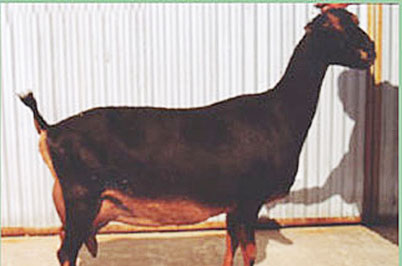
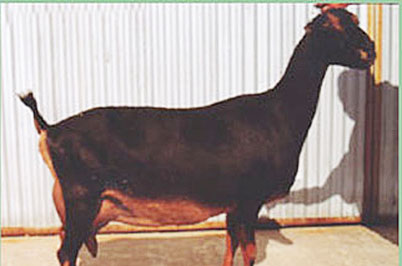
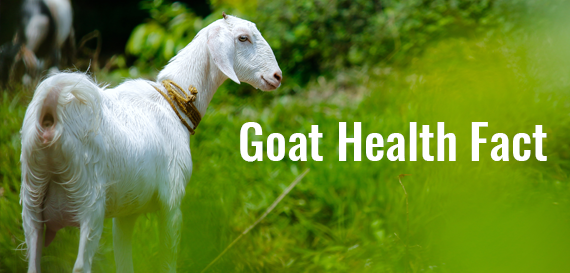

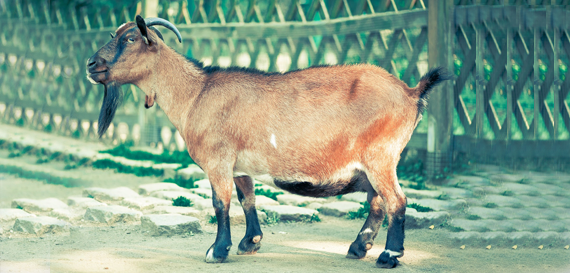
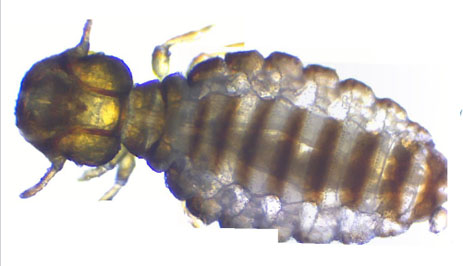
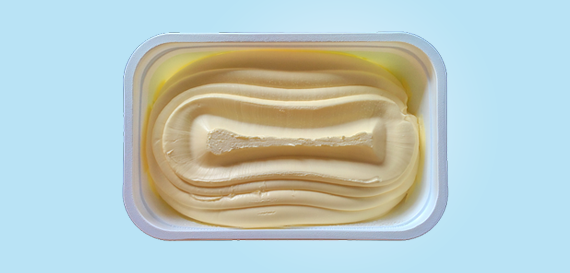
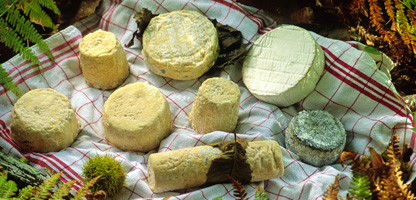
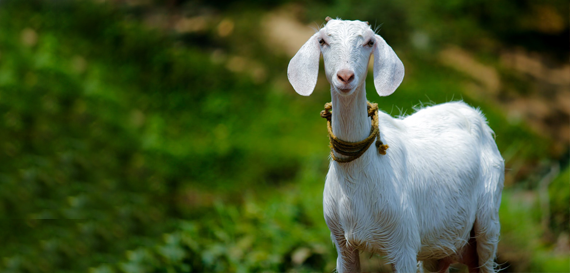






Log In